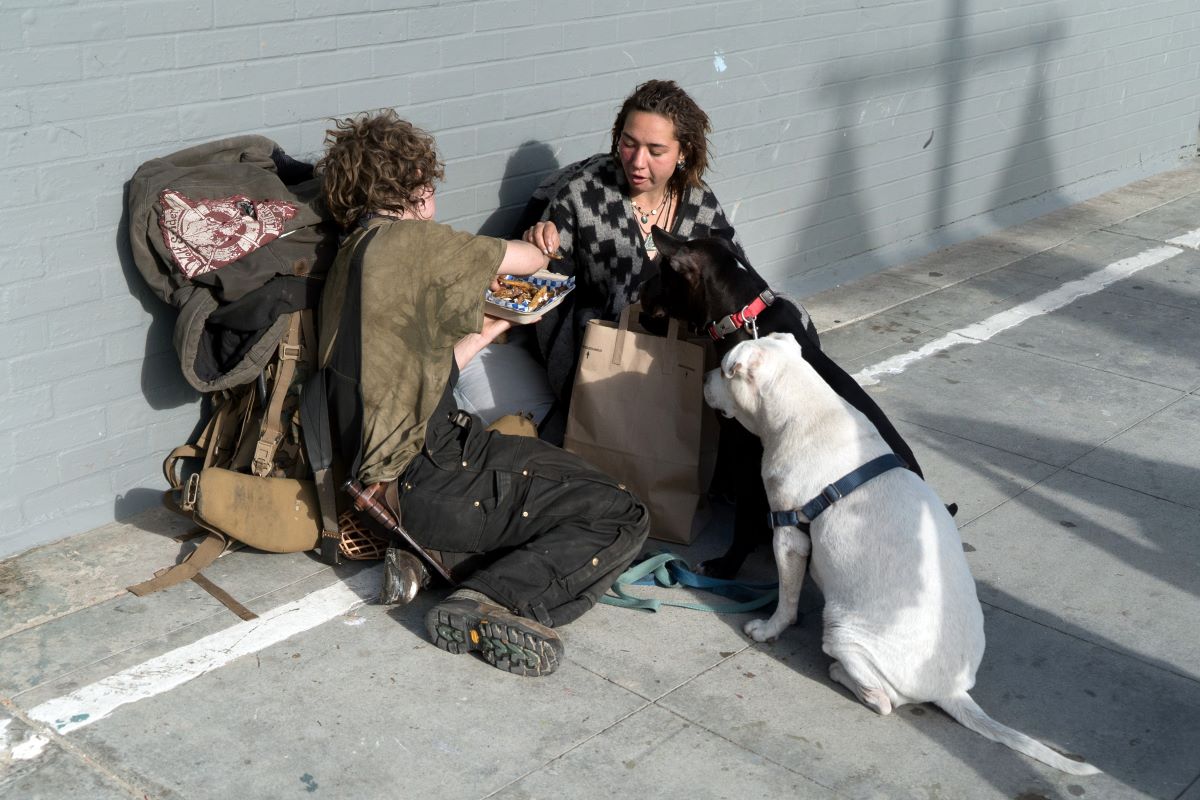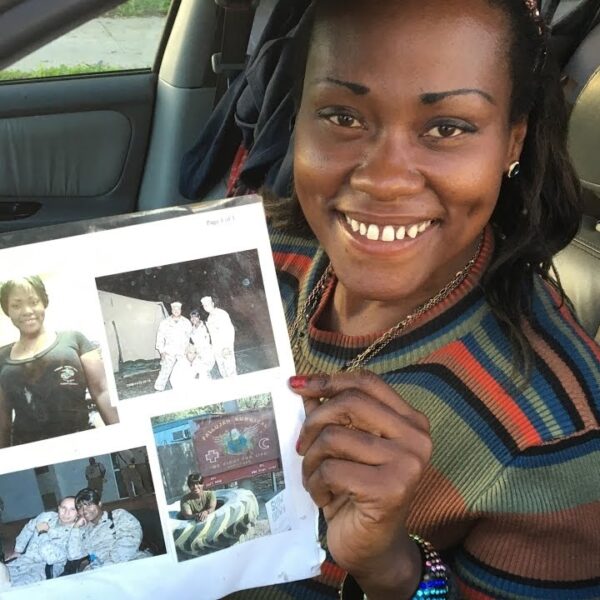Recently, Invisible People released a report revealing what Americans really believe about homelessness. Some of its finds were shocking, while others were expected. Notably, the vast majority of respondents wanted to end, help, or at least reduce homelessness. However, a lot of those same respondents were confused about many aspects of homelessness.
Some of the things they either misunderstood or held incorrect beliefs about included:
- The leading causes of homelessness
- Who homeless people are
- What homeless people need to be helped
- The personality traits possessed by most homeless people
Let’s talk about why it matters.
Public Perception Influences Public Policy.
So, if the general public believes homeless people only need a meal, they will never get the thing they really need – a house.
Right now, there is a vast, intentional gap between what housing and homeless experts know to be true and what the general public perceives to be the truth about homelessness.
In our current setting, people’s feelings drive legislation while the facts are being craftily covered up. Nobody benefits from this scenario save a handful of corporate real estate developers who continue to prioritize constructing luxury condos over building affordable housing.
Worse still, negative public perception of unhoused individuals tends to swing the pendulum of justice away from long-term housing solutions and toward criminalization.
When criminalization of life-sustaining activities occurs, this doesn’t reduce homelessness. It simply makes it less visible. Furthermore, criminalizing homelessness costs everyday taxpayers anywhere from $30,000 to $50,000 per person per year.
When criminalization becomes the go-to resource, prison becomes a revolving entrance back into homelessness for many members of the unhoused community.
Which Messages Drive a Negative Public Perception?
It is abundantly clear that messages proclaiming that all or most homeless people are dangerous, violent, drug-addicted, or lazy drive negative perceptions. NIMBY accounts are wrought with images depicting members of the homeless community in such a light.
We have learned through recent research that most people don’t feed into these blatantly abhorrent tactics. What we are learning is that subtle negativity is more impactful. Some of the most problematic messages exacerbating homelessness are messages that seem uplifting at the surface. In reality, they work against the unhoused community. Some examples include:
- All homeless people need is a meal
- We’ve ended homelessness
- The housing crisis is a hoax
Let’s Examine the First Message: All Homeless People Need Is A Meal. Why Is It Used So Often?
At its core, this message is uplifting. It inspires people to interact with the homeless community and even break common ground since everybody needs to eat. This is likely the reason it is used so often. It is centered on hunger, which, when compared to other attributes, is somewhat sympathetic.
On the surface, a photograph of a homeless person smiling behind a tray of food captioned with keywords like hope, help, and unity should do worlds of good. In real life, however, the opposite is true.
Why Is This Message Problematic?
In a nutshell, it’s because it isn’t true. In most places in the United States, members of the homeless community have access to meals. The problem is that when they walk away from the table, their bellies are full, but their hearts remain empty because they still don’t have any place to live.
Additionally, the world we live in today requires access to certain technologies like smartphones and WiFi. But these devices are seen as “luxury items” for homeless people because we continue to market food as one of the only things that are essential to survival.
This may have been true in the past. However, survival in our current technology-driven social structure requires:
- Internet access
- Reliable transportation
- Basic technological know-how
- Access to utilities like running water, sewage, and electricity
These things are also basic needs in addition to food, clothing, and shelter.
For these reasons and many more, it would serve the public better if meals were marketed as a preventative measure for impoverished Americans whose food insecurity makes them more vulnerable to homelessness.
Message 2: We’ve Ended Homelessness. Why Are People Saying This at All?
The point of this message seems to be inspiring people to donate to causes. Under the premise that generosity is getting results, and also sometimes, with political goals in mind, many leaders are guilty of perpetuating this message.
Why Is This Message Problematic?
The main issue is that the general population knows it isn’t true because they continue to see homeless people. This message ranked incredibly low on the believability scale in our research setting.
The only way to end homelessness is by being truthful about what does and doesn’t work and striving to create affordable, accessible, non-punitive housing solutions. If we haven’t done that yet, then we haven’t ended homelessness. It is not helpful to wave a flag of false hope.
Finally, The Third Message: The Housing Crisis Is a Hoax. This One is the Most Dangerous Myth of All.
The leading cause of homelessness is a lack of affordable housing.
In the years leading up to the pandemic, the United States was short approximately 7 million affordable homes. Yet, some celebrity speakers and political figures have convinced their large audiences that the housing crisis is a hoax.
If you argue that housing is affordable (even though it isn’t), your viewpoint subsequently supports the narrative that homelessness is a choice. Promoting this flawed idea is very damaging and misleading.
People who view homelessness as a choice are more likely to support criminalization and/or inaction. This removes responsibility from government and society and turns homelessness into an individual problem that can’t be solved.
The Truth Is Simple. Homelessness is Not a Choice.
However, the way the general public views homelessness does influence the choices of policymakers.
When the general public is misled into believing myths and problematic half-truths, this leads to legislative decisions that exacerbate homelessness rather than solutions that would reduce it. Contact your representatives today and explain to them that you believe homeless people need housing. Anything short of housing is not a long-term solution.













